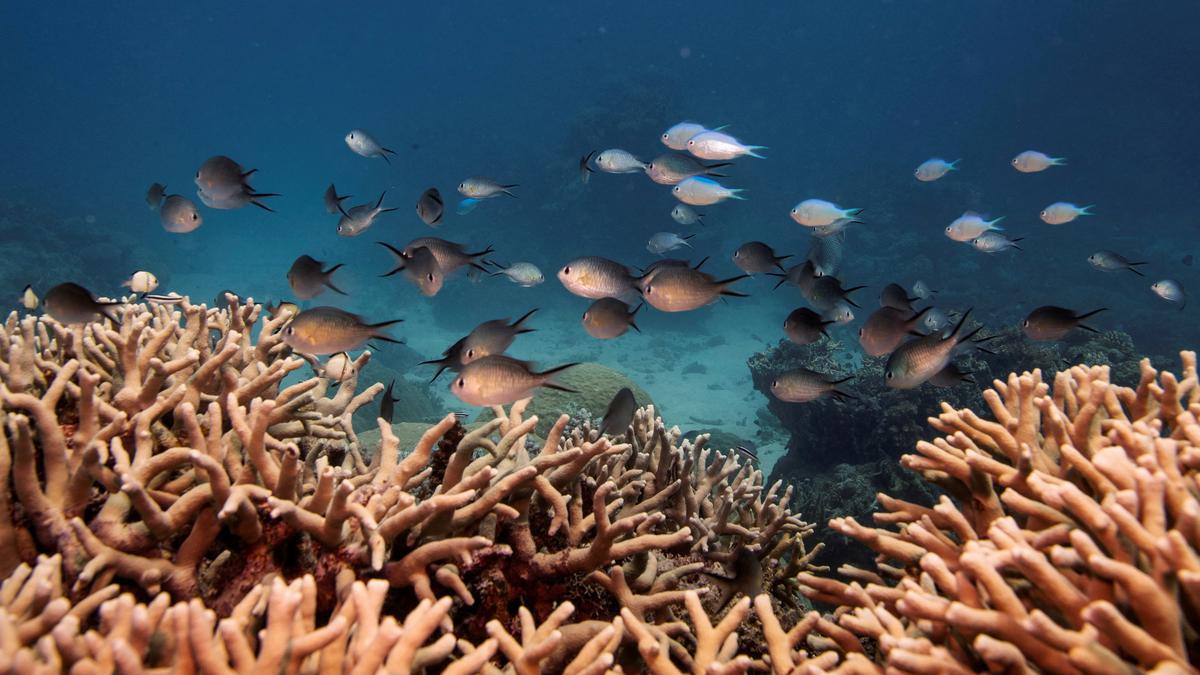
Climate change is causing marine ‘coldwaves’ too, killing wildlife Premium
The Hindu
Surface temperatures can plummet rapidly — by 10ºC or more over a day or two. When these conditions persist for several days or weeks, the area experiences a “coldwave”
The effects of ocean warming are profound and well-documented. But sometimes changes in the patterns of winds and ocean currents cause seawater to suddenly cool, instead.
Surface temperatures can plummet rapidly — by 10ºC or more over a day or two. When these conditions persist for several days or weeks, the area experiences a “coldwave”, which is the opposite of more familiar marine heatwaves.
When a “killer coldwave” manifested along South Africa’s southeast coast in March 2021, it killed hundreds of animals across at least 81 species. More worrying still was the fact these deaths included vulnerable manta rays and even specimens of notoriously robust migratory bull sharks. In southern Africa, bull sharks, whale sharks and manta rays have previously washed up dead following such sudden cold events, especially over the past 15 years.
As we report in Nature Climate Change, the conditions that can drive these killer coldwaves have grown increasingly common over the past four decades. Ironically, strengthening winds and currents as a result of climate change can also make these deadly localised coldwaves more likely in places such as the east coasts of South Africa and Australia, potentially putting even highly mobile species such as sharks in harm’s way.
Certain wind and current conditions can cause the sea surface to cool, rather than warm. This happens when winds and currents force coastal waters to move offshore, which are then replaced from below by cold water from the deep ocean. This process is known as upwelling.
In some places, such as California on the US west coast, upwelling happens regularly along hundreds of kilometres of coastline. But localised upwelling can occur seasonally on a smaller scale, too, often at the edges of bays on the east coasts of continents due to interactions of wind, current and coastline.
Previous research had shown climate change induced changes in global wind and current patterns. So we investigated the potential consequences at particular locations, by analysing long-term wind and temperature data along the south-eastern coast of South Africa and the Australian east coast.













